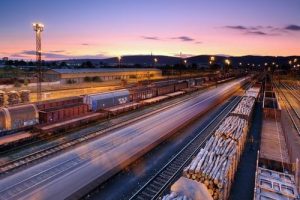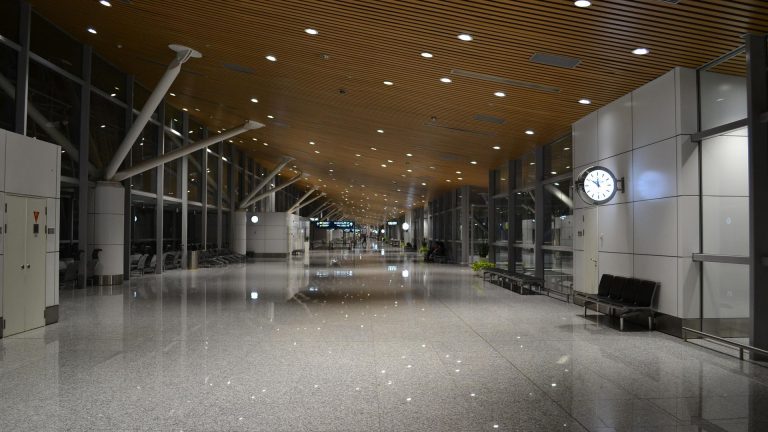
Dray drivers are feeling the pinch of the electronic logging device (ELD) mandate, just as truckers grapple with the same. We may even see dray drivers plot a career switch to OTR trucking, causing labor shortages and a spike in drayage costs. Railcar movers look more attractive than ever to help meet the demands of the intermodal supply chain.
As the ELD mandate proves a stumbling block for trucking, the market shifts more toward intermodal. That increases the demand for drayage, but many dray drivers are restricted by ELD rules, which only exempt those who log fewer than 100 air-miles daily. Plenty of drivers move longer distances depending on geography and work loads.
In short, we have fewer dray drivers and drayage is getting busier. The strong market for intermodal leaves many railway fleet managers looking for ways to reduce the workload and increase productivity—which railcar movers can help accomplish.
The Impact of ELD Regulations on Rail Use
Many factors come into play besides the electronic logging, not the least of which is the rise of e-commerce and its effects on rail industry trends.
However, the solutions will have to come from the ground floor up. As industry insiders recently told DC Velocity, “the big will get bigger” and small firms will fight to compete. “Timely and efficient operations” hold the key to success.
DJ Products railcar movers move up to 200,000 pounds at up to 3 mph in forward or reverse. Battery-powered, free of local emissions, and easy for most anyone to use, the equipment even has a versatile coupler to fit all rail cars.
If you need to make drayage more efficient, with fewer employees and better maneuvering in tight spaces, visit DJ Products and request a demo.


